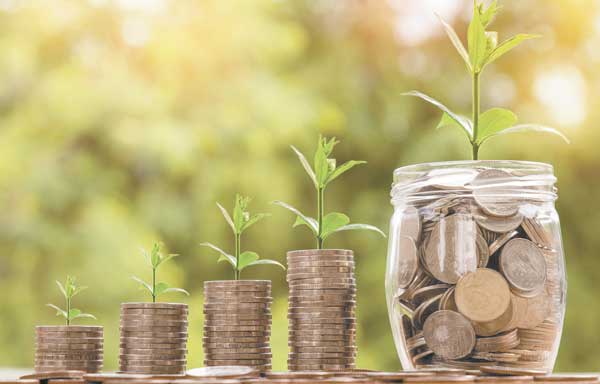Impact investing has a variety of meanings and preconceptions for many people. Some of this relates to the plethora of terms that are used to describe the practice of aligning our financial decision-making with our values and priorities. We hear about sustainable, responsible, ethical, and values-based approaches. Depending on the context, these can be different terminology for the same thing or suggest a materially different emphasis.
One common misconception though, is that investing with our heart, as well as our head, will lead to higher risks and lower returns. Since there is now ample evidence dispelling the impact of investing underperformance myth, let’s look at risk.
Many people are understandably drawn to the powerful possibilities that unfold through integrating social and environmental priorities into their financial lives. Being able to bring one’s finances into alignment with who they are as people addresses a major source of internal conflict and dysfunction,
and is a liberating and healing process.
Some assume that this path will lead them to investments that are focused on high-impact, high-risk investments such as stocks in renewable energy companies. In my firm, we have many progressive, socially and environmentally aware clients who want their money to reflect their vision for a more healthy, prosperous and just world, but don’t want to take on a lot of investment risk. Some are near retirement or are already retired, and feel that they no longer have a long enough time horizon to recover from a substantial decline. There are several techniques that can be used to rein in risk while still seeking high positive impact.
We need to start by accessing the level of risk we can take. Informed by that assessment, a portfolio can be designed that incorporates the appropriate “asset allocation” between stocks, bonds, cash and other assets. Most of the variability of returns comes from this allocation decision, so this is a crucial
step. More conservative investors will typically have a greater weighting in bonds and other relatively more stable assets.
For impact-oriented clients who want to promote the growth of renewable energy,
green bonds represent an option worthy of consideration. They can be purchased individually
or through mutual funds, and provide financing for a range of renewable energy and climate change mitigation projects. The global market for green bonds is growing rapidly and has now surpassed $100 billion.
For risk-averse clients who want to direct some of their funds to support their local economy, community development financial institutions (CDFI) offer attractive options. Organizations such as the Community Loan Fund of the Capital Region (based in Albany, but serving the surrounding 11-county area) offer notes of varying maturities and interest rates that are similar in structure to certificates of deposit (CD). Groups like Calvert Impact Capital act as intermediaries to allow investors to target specific issues or geographic regions. While these groups have solid records, keep in mind that they are not banks, and therefore aren’t insured.
We now have positive environmental and social impact vehicles across the risk spectrum. Even the most conservative investor has options that allow them to make a positive difference with their money while staying in their financial comfort zone.
